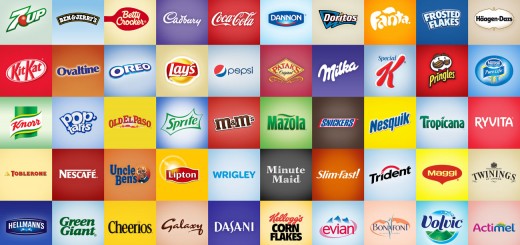#DigitalDiary: Time to let Flash go?
With Firefox and Chrome dropping Adobe’s flash player, is it time to think about whether we should finally let the format go for videos?
Mozilla Firefox has blocked all versions of Adobe’s Flash player by default starting July 19, because of security problems experienced with the player.
In June 2015, Google Chrome had also started pausing Flash content intelligently (like Flash animations) that aren’t central to the webpage, while keeping central content (like a video) playing without interruption.
It seems like the end of an era for the two decade old feature launched by Adobe to show multimedia items such as videos, animations, graphics and games.
When Flash was launched in the 1990s, it was the go-to standard for multimedia on browsers. It worked well with the PCs but struggled to keep pace with the evolving digital platform, especially with the entry of new platforms of digital consumption such as tablets and smartphones.
It requires multiple updates to the plugins, uses a lot of battery and is also vulnerable to multiple security flaws.
Safari’s power saving mode will also pause Flash player by default. The only browser left for Flash player is Internet Explorer at the moment.
For marketers and advertisers who use the Flash platform, this means that their ads will be static and will show a greyed out overlay with a play button. This is expected to affect approximately 100 million flash ads a day according to Mindshare.
Lately there have been many calls for discarding the Adobe Flash service in favour of HTML5. YouTube had dropped the player in favour of HTML5 back in January 2015.
About 5.35 billion rich media ad impressions were wasted on mobile devices in the first quarter of 2015 alone, a recent Sizmek report highlighted. This was due to mobile defaults as ads served static images in place of rich media in cases when the Flash-based ad format was not supported.
The report also highlights that while mobile ads tend to get more clicks than desktop, the interaction rate (the total number of interactions out of the total number of served impressions) for desktop ads is nearly five-times higher than mobile. This can be attributed primarily to Flash mobile ads defaulting to static ads, where a click is the sole opportunity for interaction.
According to the research, HTML5 ads outperformed Flash ads by 400 per cent in terms of interaction rate. While rich media ads that relied on Flash defaulted over 98 per cent of the time, those in the HTML5 format only defaulted at a rate of 8.3 per cent.
With the growing demand to let Flash go, marketers need to get on board with the new technologies such as HTML5 to keep their content relevant for the audience or it will affect their ad dollars if the plugin is no longer supported.



